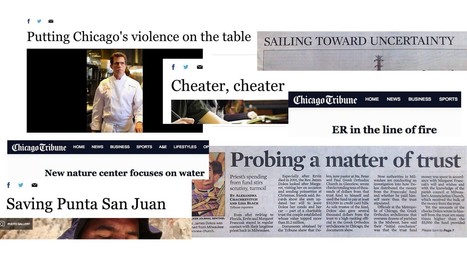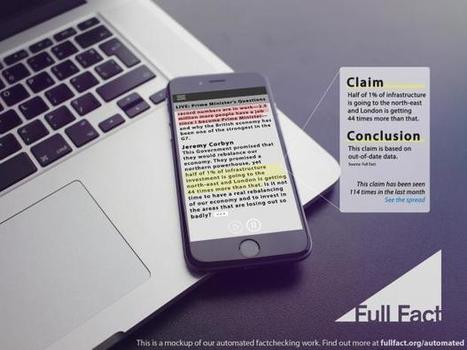Online, your product is unbundled. You get 10 words. Or 8. Or maybe 13, like I used above, to market your work. Digital success is like selling a newspaper story by story rather than day by day or week by week. And in selling that day’s paper, by subscription or newsstand, there’s just less urgency to make the headline awesome on that 150-word story buried at the bottom of page 11. Sections and geographic centers all are comfortable assumptions you can’t make in digital headlines. You must have a certain sense of desperation in writing web headlines, like those eight words are the difference between that column’s or blog’s life or death. Mostly, because it is. You aren’t owed readership. Your headline helps earn it — along with a handful of other factors like author and brand.
So any strategy involving growing and sustaining digital audience must incorporate excellence in headline writing. Must.
A few points to clarify here as we begin. I’ll be discussing writing for readers here, not for search engine optimization. That will be a consideration at times, but mostly we’re talking about people creating headlines for people....



 Your new post is loading...
Your new post is loading...
















Chicago Tribune's deputy digital news editor Kurt Gessler will wow you with his writing tips. His headline makeovers are superb. Highly recommended for all writers. 10/10